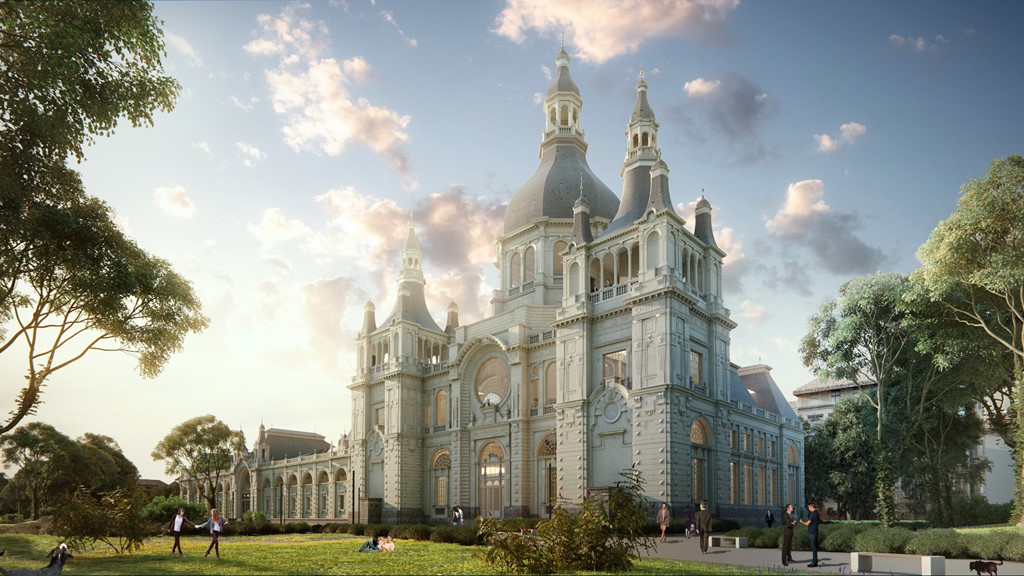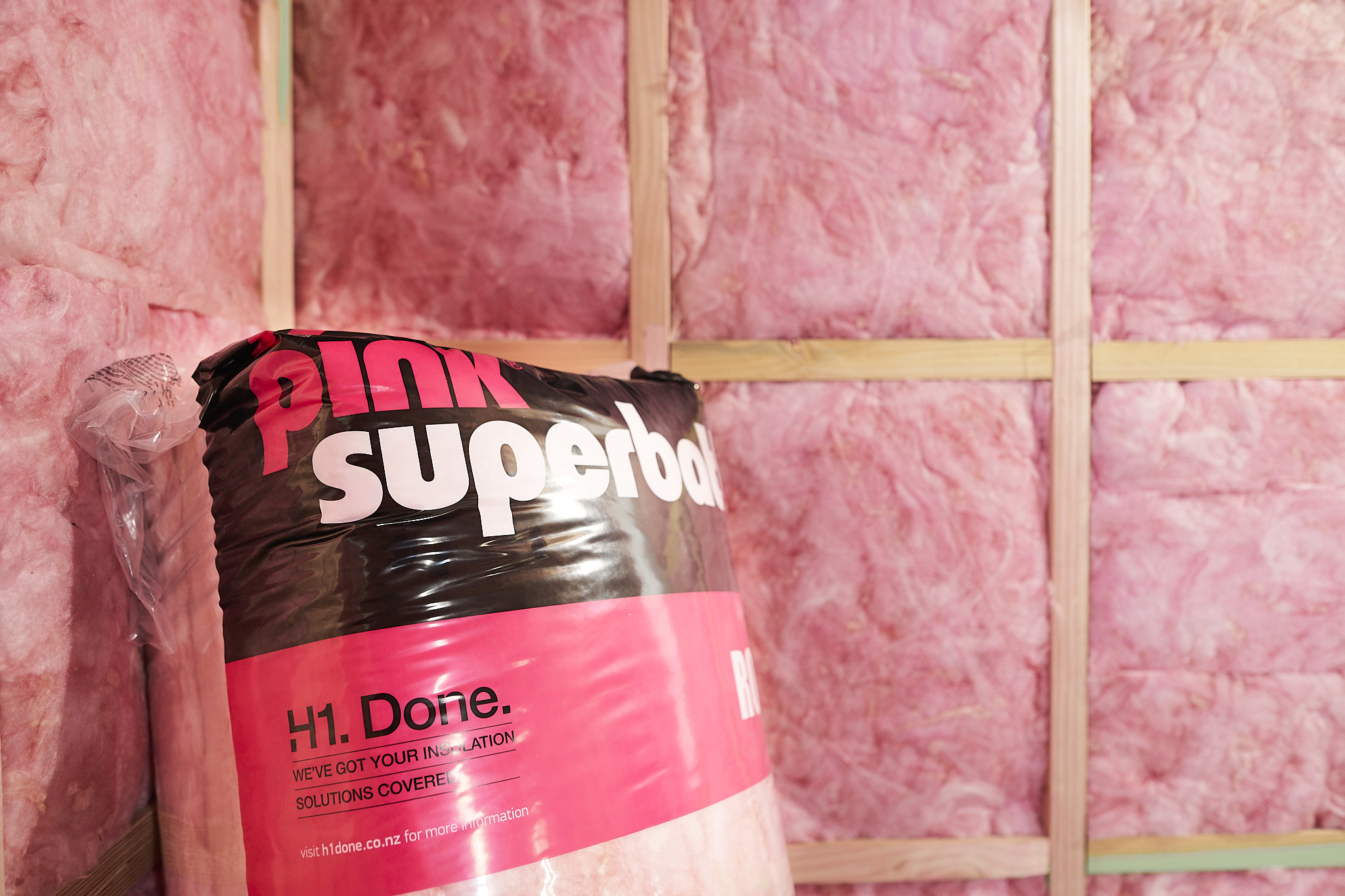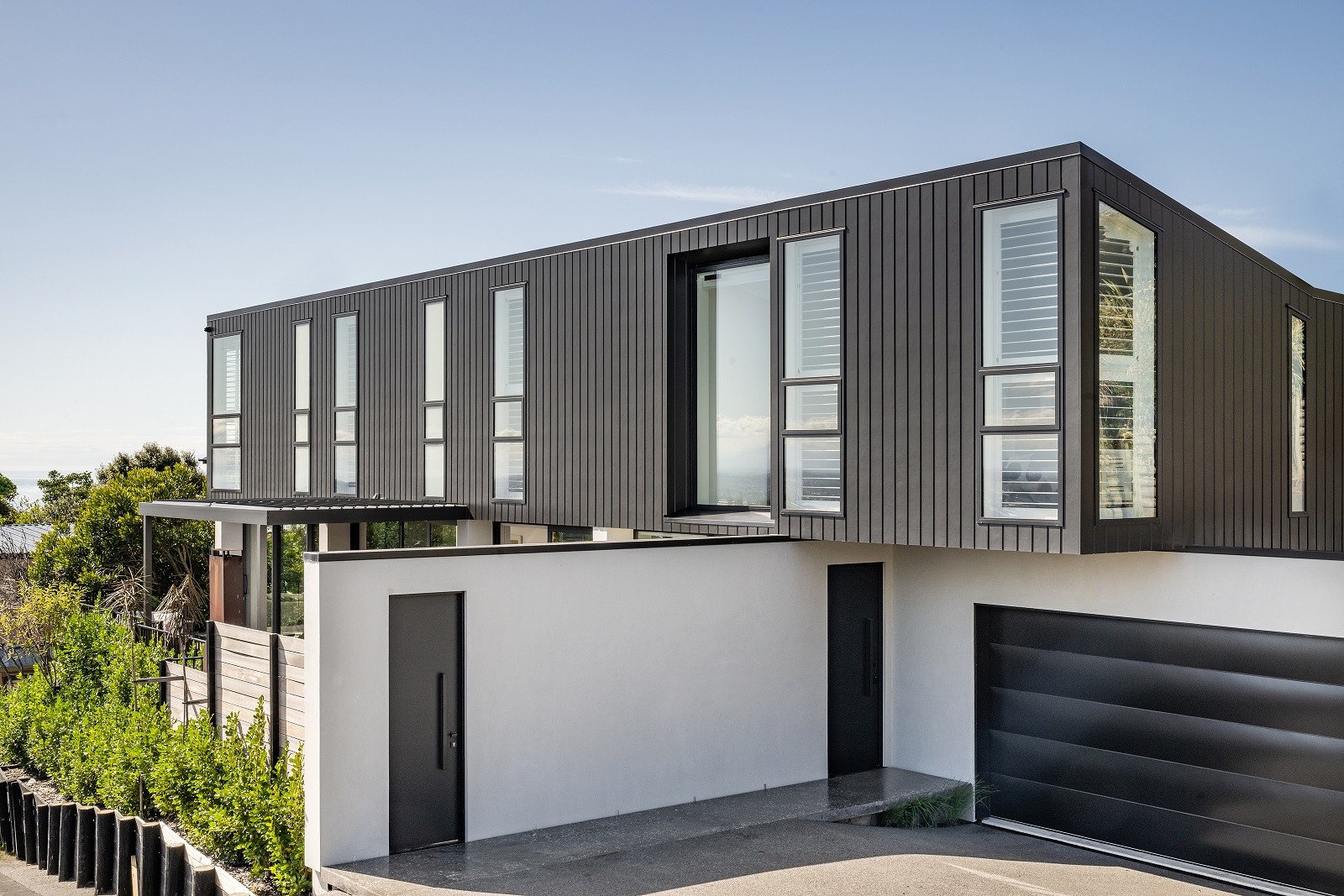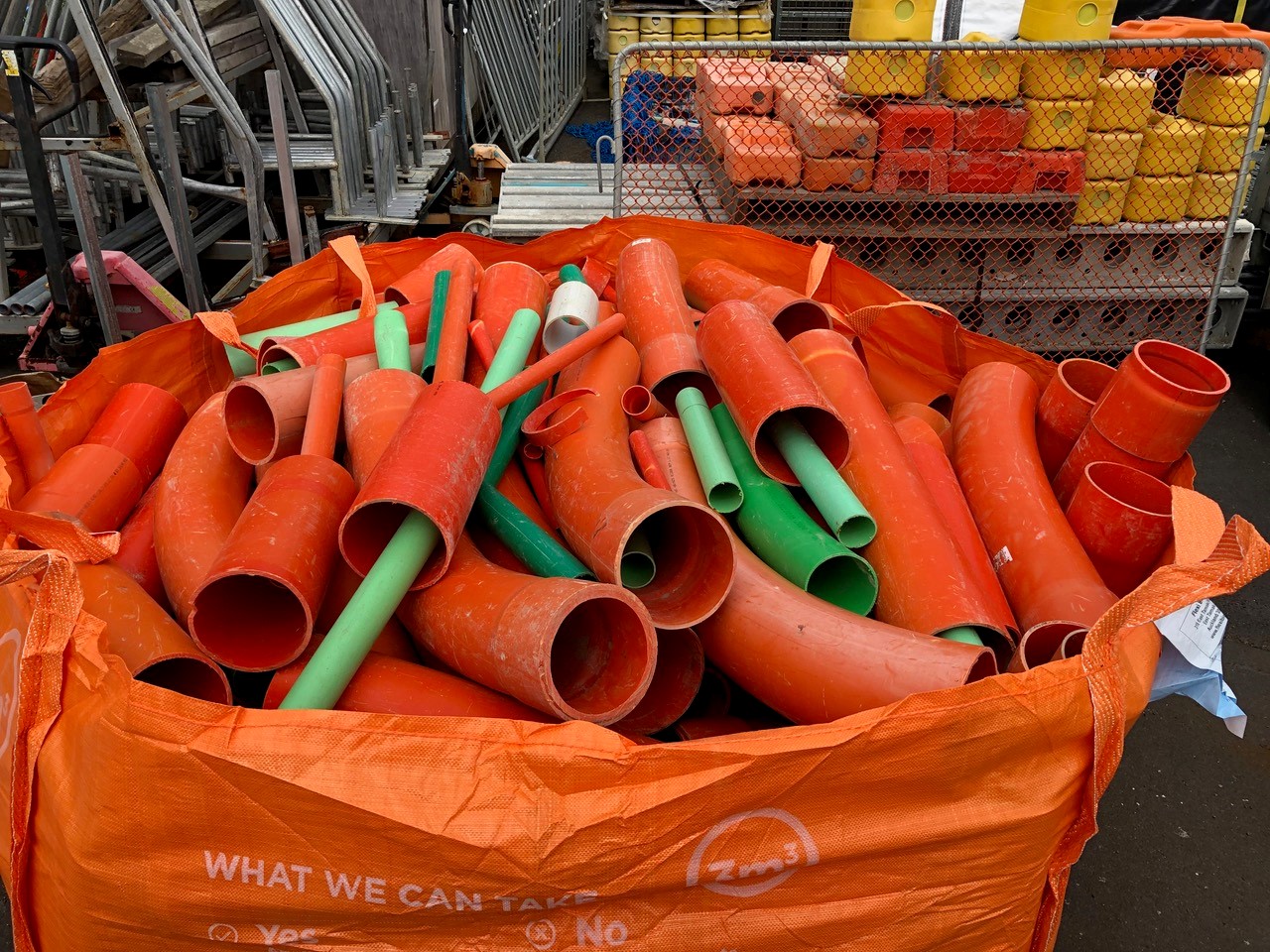The massive scale Liget Budapest International Design Competition encompassed four competitions, covering five buildings and six museums for the complete renewal of the city’s largest and epochal 200-year-old Városliget (City Park) in Hungary’s capital.
The demolition of existing buildings and carparks, construction of new art centres, rejuvenation of existing green areas and renovation of the institutions already present in Budapest’s leading tourist and cultural destination, is all part of Europe’s largest and most ambitious urban cultural development.
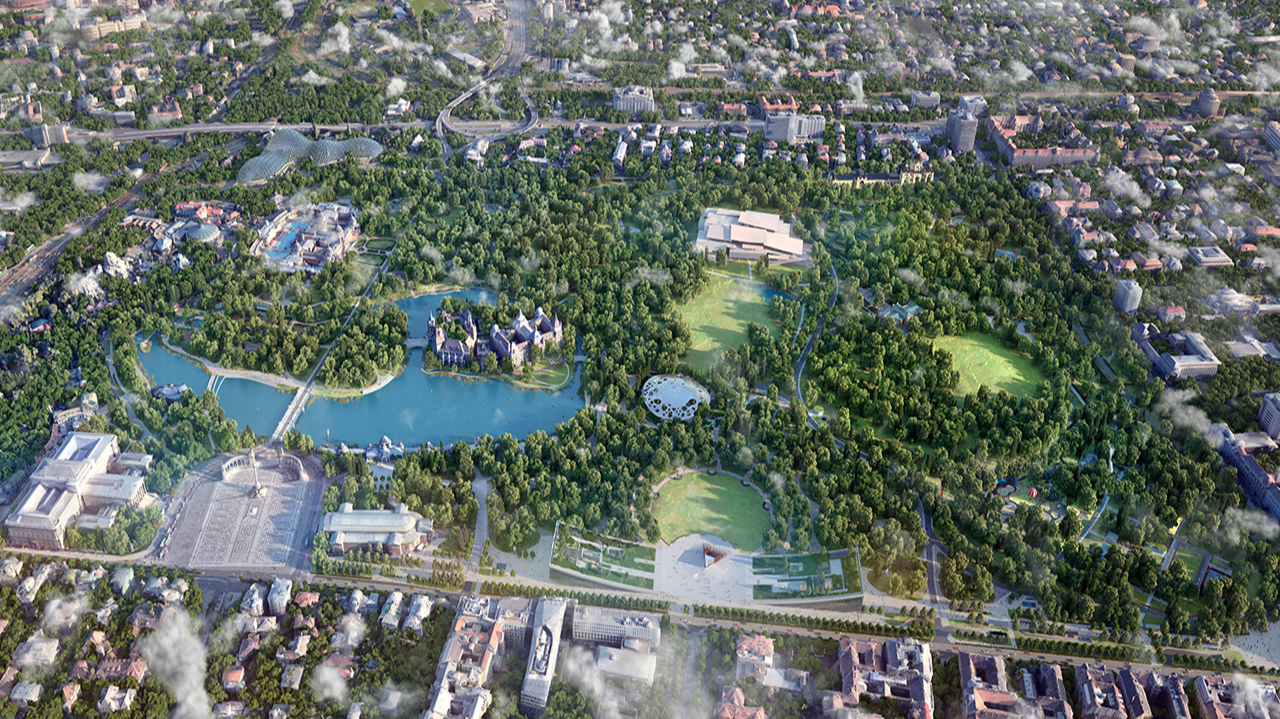
The transformation process has begun for the New National Gallery, The Ludwig Museum - Museum of Contemporary Art, the Museum of Ethnography, the Hungarian Museum of Architecture & Fotomuzeum Budapest and the House of Hungarian Music.
In 2020 over 150,000 m² of green area was revamped, almost 500 new trees put in, an adventure park for dogs and two-kilometre illuminated Circular Running Track completed alongside the restoration of the Botanical Garden to its former glory in accordance with the original plans and the installation of over 35,000 new plants.

One of the most important elements of the Liget Budapest Project, is the Hungarian Museum Restoration and Storage Centre, featuring state-of-the-art storage areas, restoration workshops, research rooms and offices. The plans also allocated a space in a reconstructed medical edifice for the Central European Art History Research Institute. With 37,000 square metres equipped to satisfy every professional requirement, The Centre is one of the most advanced institution of its kind in Central Europe.
Another highlight of the project, is the construction of Europe’s first ethnographic institution - the Museum of Ethnography. The uniquely shaped museum is already recognized as one of the most exciting contemporary building on the continent and was awarded the title of World’s Best Architecture at the 2018 International Property Awards.
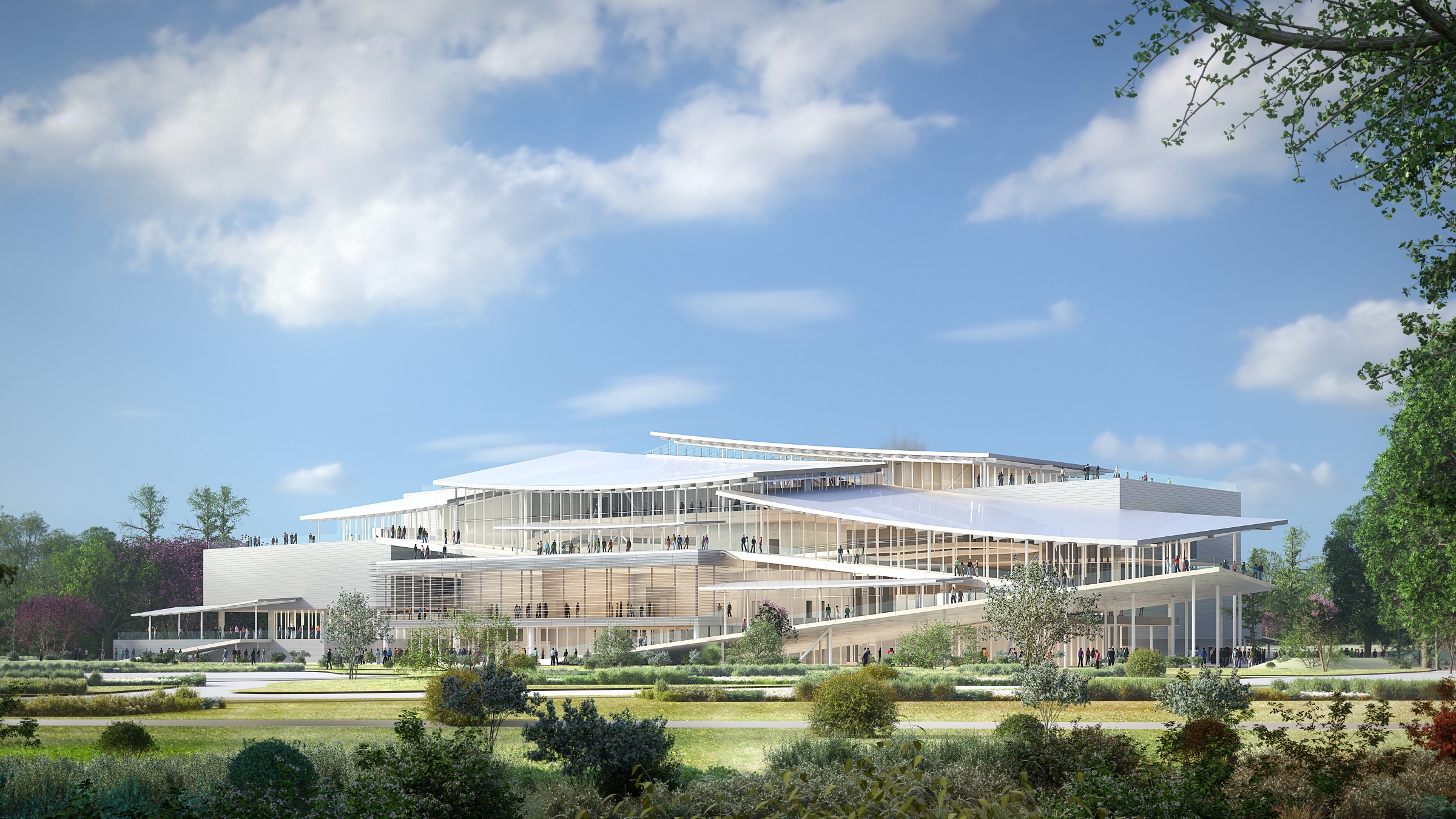
The House of Hungarian Music was conceived with the intention of becoming the latest in a long line of iconic Budapest buildings. The eminent Japanese architect Sou Fujimoto designed this modern and extravagant home for music. Fujimoto drew inspiration from both the worlds of nature and music, and these two sources are clearly evident in the details of his final design, with a distinctive floating roof - a wave-inspired visual representation of resonating sound.
The reconstruction and restoration of the Olof Palme House, one of the Városliget's monuments, is already complete, with a new name: the Millennium House. After being in a poor state of repair for many years, the Neo-renaissance building in the heart of Városliget reopened its doors at the end of 2018, and will be operated as a cultural venue and restaurant. The reconstruction was based on the original design by Ferenc Pfaff and included the restoration of the original Zsolnay porcelain ceramic decorations on the facade.
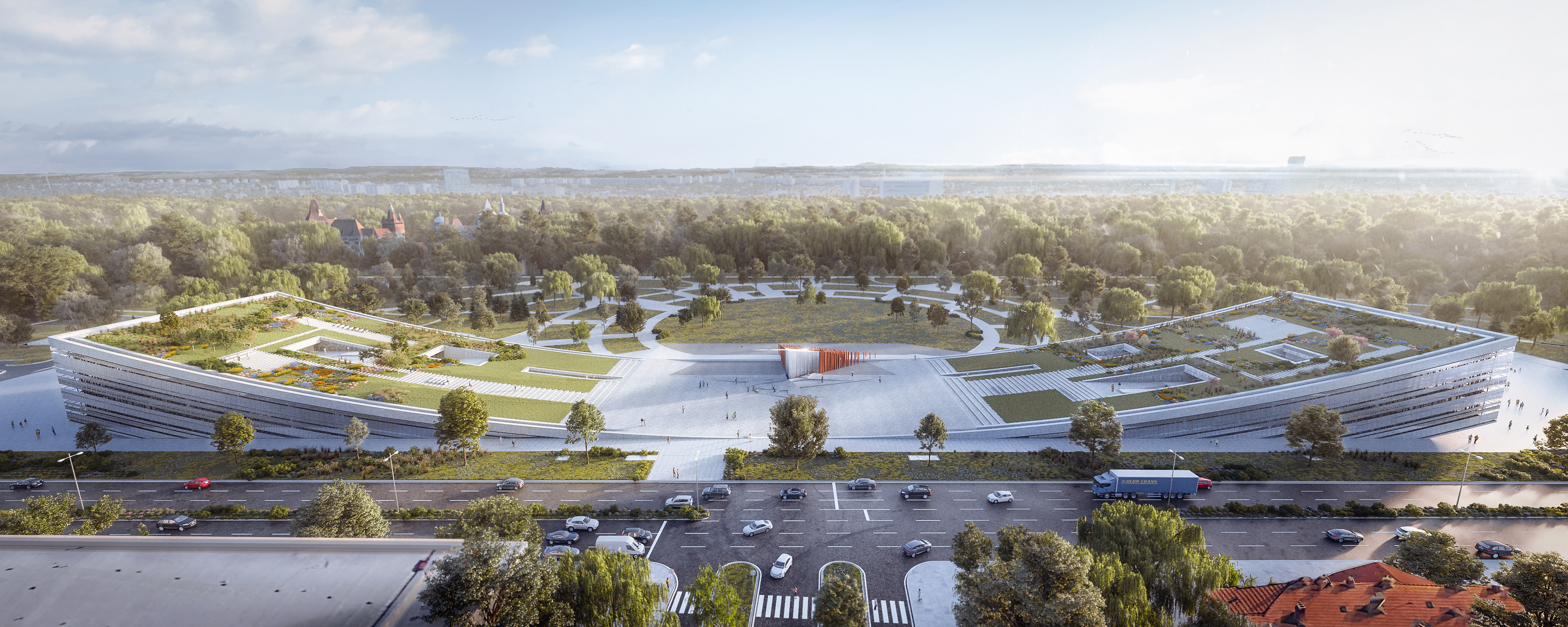
The renovation of the Museum of Fine Arts was completed in October, 2018. The museum’s impressive Romanesque Hall – which was badly damaged during World War II, was restored with new exhibition spaces, visitor service areas and modern storage facilities.
The large-scale enlargement of the Budapest Zoo includes the establishment of a new garden section called Pannon Park, which evokes the prehistoric flora and fauna of the Carpathian Basin. Central to the expansion is the Biodome - with lush vegetation and diverse fauna in a huge, 1.7-hectare hall, which will be the largest of its kind in Europe.
Further elements of the project are being delivered by some of the world’s most celebrated international architects including Pritzker Prize-winning SANAA (Japan) who have designed the park’s New National Gallery.
Last, but not least, as a result of the comprehensive development of Városliget, the quality of the park’s entire flora will be fundamentally improved and its area significantly increased. Car traffic through the park will cease, and so will parking above ground. The aim of the landscape competition’s winning team is to reconstruct the 200 year old park as much as possible to its original state, although sometimes the past has been radically reinterpreted into new scenery.
